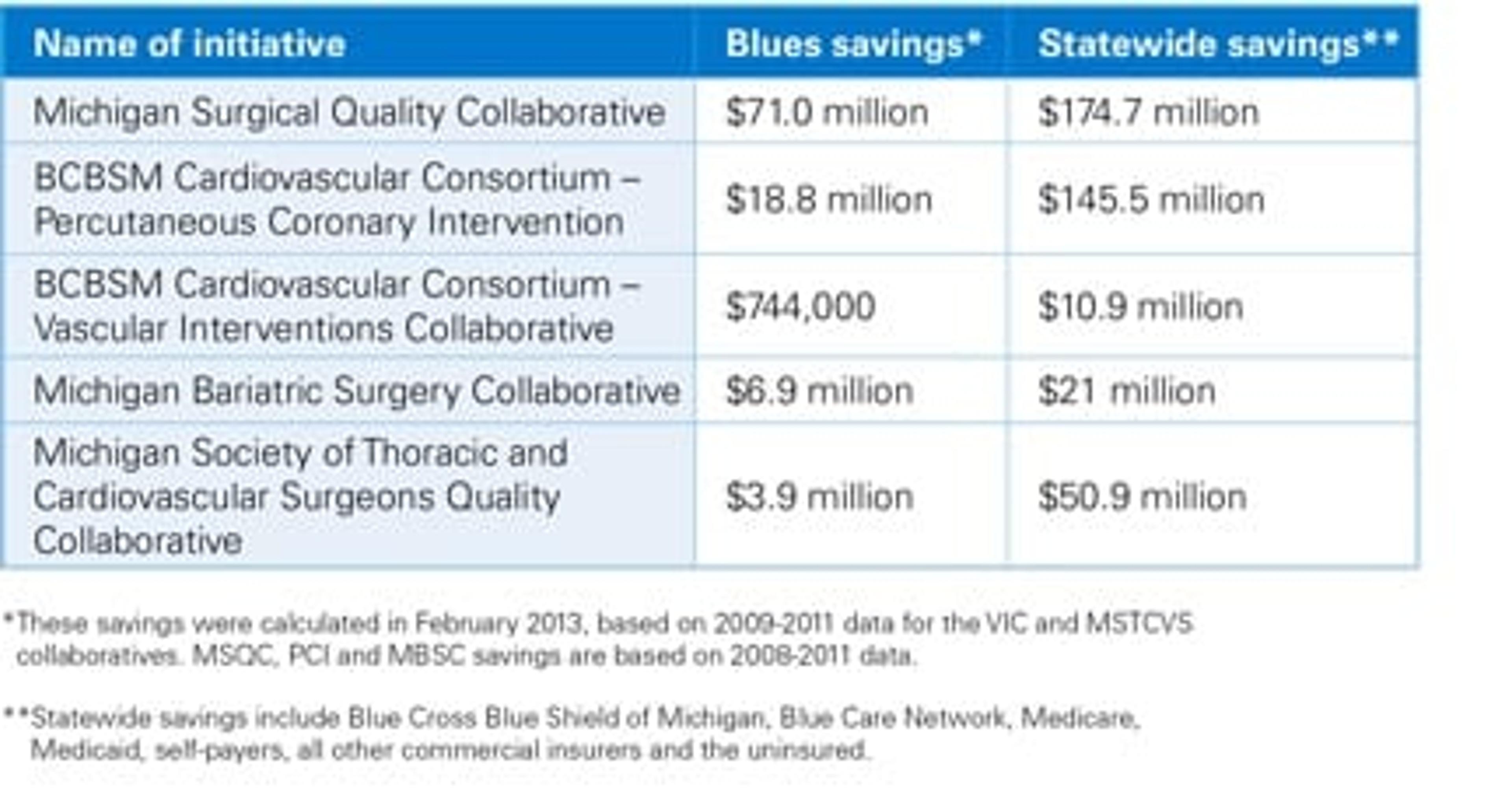Reports address high cost of health care, what’s being done to control cost
Pam Berry
| 2 min read

Earlier this month, the Centers for Medicare and Medicaid Services released an eye-opening report that showed what hospitals across the country bill for 100 of the most common medical procedures. The report revealed huge differences in the charges of procedures — from hip and knee replacements to cardiac procedures. For example, the average inpatient charges for the same joint replacement procedure range from $17,750 at Tawas St. Joseph Hospital to $63,590 at Detroit Receiving Hospital in 2011. “Hospitals that charge two or three times the going rate will rightfully face higher scrutiny,” said Jonathan Blum, acting principal deputy administrator and director of CMS in the Detroit Free Press May 9. He added that higher prices do not necessarily correspond to better quality of care. Findings like these shine the spotlight on a problem that’s plaguing America today — the seemingly incomprehensible high cost of health care. What makes the problem particularly disturbing is that the quality of health care that many Americans receive is inconsistent and often poor. While the U.S. spends more on health care than any other developed nation, it also has one of the lowest life expectancies. People living in the U.S. die sooner, get sicker and sustain more injuries than those in other high-income countries. The issue of high health care costs—and what’s being done about them — is also addressed in a new Blue Cross Blue Shield of Michigan report: the 2013 Value Report. The report looks at the many steps Blue Cross is taking to help rein in health care costs while improving care quality and promoting health and wellness. For example:
- We help control the use of health care services by reimbursing health care providers for the results they produce — not simply the number of services they perform.
- Our wellness and care management program, BlueHealthConnection®, helps keep our members healthy — and healthy people need fewer, less costly health care services.
- We partner with doctors and hospitals on Collaborative Quality Initiatives that improve health care quality and patient safety while lowering health care costs in the state.
Here are a few examples of how our CQIs are helping all Michigan hospital patients, regardless of payer, save money:

To learn more, check out our 2013 Value Report, which you can view online.





